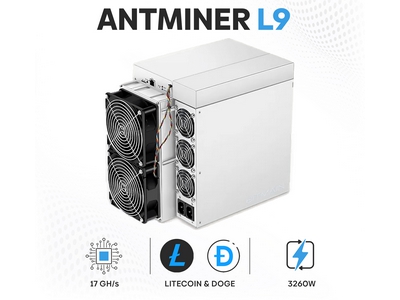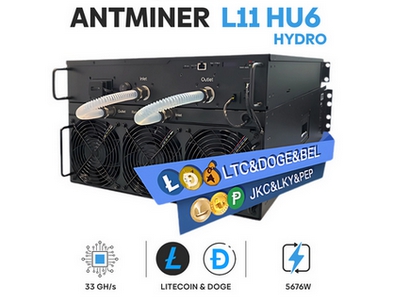 Antminer-L11.com
Antminer-L11.com
 Antminer-L11.com
Antminer-L11.com
Professional guide to Litecoin mining with ASIC hardware. Learn about LTC's Scrypt blockchain, mining strategies, and profit optimization with specialized miners.
Litecoin (LTC) is one of the oldest and most established cryptocurrencies, created in 2011 by Charlie Lee as the "silver to Bitcoin's gold." As a peer-to-peer cryptocurrency, Litecoin was designed to provide faster transaction confirmations and improved storage efficiency compared to Bitcoin.
Built on a modified version of Bitcoin's code, Litecoin uses the Scrypt proof-of-work algorithm instead of SHA-256, making it more accessible to miners and resistant to ASIC centralization initially. However, modern Scrypt ASICs like the Antminer L11 and L9 now dominate LTC mining.

Key technical metrics that make Litecoin a premier mining opportunity
Litecoin pioneered Scrypt mining, creating a more democratic mining environment. Today's specialized ASIC miners like the Antminer L11 series provide the perfect balance of efficiency and profitability for LTC mining.
Understanding how Scrypt mining secures the Litecoin network

Litecoin's Scrypt algorithm is fundamentally different from Bitcoin's SHA-256. Scrypt is more memory-intensive, requiring significant RAM usage during the hashing process. This characteristic initially made it ASIC-resistant, but modern Scrypt ASICs have been specifically designed to handle these memory requirements efficiently.
Key advantages of Scrypt for miners:
Miners collect pending Litecoin transactions from the mempool and organize them into blocks for processing.
ASIC miners perform intensive Scrypt calculations to find a valid hash that meets the network difficulty target.
The first miner to find a valid solution receives the block reward (currently 12.5 LTC) plus transaction fees.
The new block is broadcast to the network, validated by nodes, and added to the Litecoin blockchain.
Compare the best ASIC miners for profitable LTC mining


